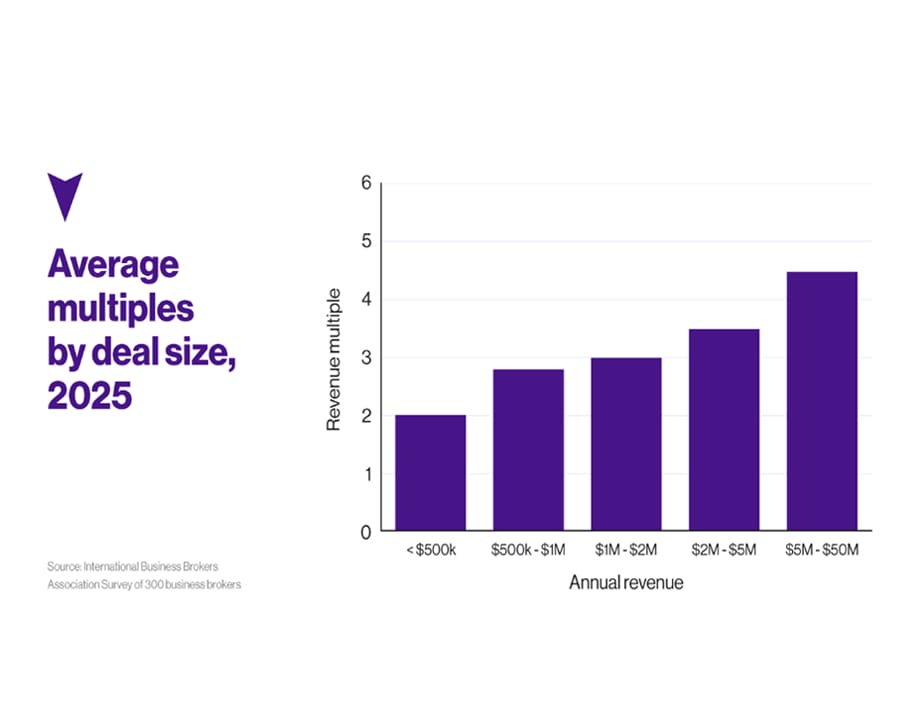Credit: Kelly Sikkema
Classifying employees correctly is important to optimizing your tax position while staying on the correct side of the law. Misclassifying employees could cost your company thousands in fines and unexpected back taxes.
This article reviews why you might want to classify employees in certain ways and how to know if you can.
How Classifying Employees As Independent Contractors Benefits Your Business
There are numerous benefits to classifying employees as independent contractors. On the one hand, there are the quantifiable tax benefits from hiring independent contractors as opposed to employees. On the other hand, there are the unquantifiable administrative benefits.
As far as taxes go, businesses are not required to pay employment taxes as they are with employees. For employees, the business must pay half of the employment taxes generated from employee work.
Independent contractors, being effectively a business entity of their own, are required to cover the full cost of their employment taxes.
Hiring independent contractors can also cut down on the administrative work required to assign, accept, and pay for work. Employees require onboarding into HR systems, require maintenance of personnel files, and tools and equipment necessary for the job.
Independent contractors, on the other hand, do not require such administrative burdens. This can save time as well as possibly expense from HR software that is priced per employee.
| Learn about indinero’s financial services: |
Classifying 1099 vs. W-2 Employees
Classifying employees or independent contractors requires different tax forms to file. While employees require you to file a W-2 form for employees, an independent contractor requires a 1099. These forms require different information, but for a similar purpose.
Both forms require the information of the business including employer identification number (EIN) and address. They also require the payee’s information including name, address, and social security number (if the contractor doesn’t have an EIN). This is where the similarities between the forms end.
The form W-2 requires reporting of wages, tips, or other compensation as well as taxes deducted from employee paychecks. With employees, the employer is required to withhold a portion of an employee’s income for the purpose of paying taxes which is reported on form W-2. These include not only federal taxes, but also state and local taxes.
The form 1099 comes in two varieties, 1099-NEC which is for reporting payments in excess of $600 annually, and the 1099-MISC for reporting a lesser amount of payments. Sometimes, independent contractors fill out the 1099-MISC themselves as employers are not necessarily required to report contractor payments less than $600 annually.
For the most part, both forms require the same information. In addition to payer and payee information, the form asks for the compensation paid to the contractor and any taxes withheld by the employer.
The major difference between the forms is that the 1099-MISC asks contractors to disaggregate between different forms of income (e.g., rental income, royalties).

Credit: Jon Tyson
Tests for Classifying Employees as an Independent Contractor
Independent contractors exist in most industries. Hiring independent contractors comes with certain rules with regards to the employment relationship.
The IRS has a helpful page that, with some clicking around, explains the factors that differentiate between classifying employees and independent contractors
The factors differentiating the relationships fall into one of three categories: behavioral control, financial control, and the benefits and obligations. The logic of the IRS is to consider everyone an independent contractor unless proven otherwise, but the burden of proof is quite low.
If any factor indicates a person is an employee, it would be best practice to think twice before trying to declare them an independent contractor. To save you some clicks on the IRS page, we’ll briefly review the factors determining classification.
Behavioral Control
The IRS is very clear that what differentiates employees from independent contractors is who determines how the work gets done. “How” is very broad and includes other questions like “when” and “where.”
If the employer is directing how the work gets done, the person is likely an employee. If the person themself is determining this, they are likely an independent contractor.
The IRS recognizes the vagueness of “how the work gets done” and so provides helpful examples of deciding factors. Here are some factors that would indicate a person is an employee.
- Instructions on when and where to do the work
- Instructions on equipment or tools to use (even more, where to purchase them)
- Instruction on who to hire to assist with work (even more, who does what)
- Instructions on workflow (as opposed to just specifying deliverables)
- Evaluation systems assessing work performance (as opposed to quantity/quality of deliverables)
- Training for any of the above (as opposed to training on the specifications of deliverables)
All of these are obvious gray areas. The degree to which you provide these kinds of instructions will determine whether you have an employment relationship.
It’s a good idea to follow hiring trends in your industry, as long as your employment practices reflect the appropriate relationship.
Need Help Classifying Employees?Schedule a meeting with indinero to get valuable insight. |
Financial Control
Independent contractors typically have a greater degree of financial control over their enterprise, and the financial relationship is that of a client to a customer.
Financial control factors are less of a determinant than behavioral ones since business structure varies so much from industry to industry.
The basic factors that may determine independent contractor status include:
- Significant investment in equipment for the work
- Unreimbursed expenses incurred completing the work
- Opportunity for profit or loss against expenses
- Non-exclusive contract
- Billed by the job (though this varies by industry)
If all of these are not the case, the person may be an employee. Financial control is probably the most difficult to determine employment classification status from. Consult with a tax professional on this one.
Benefits and Obligations
The last category concerns the benefits and obligations of the employment relationship. There are a few differentiators in this category. Factors indicating an employee relationship include:
- Written contracts describing a relationship that would classify a person as an employee
- Employee benefits like health insurance, pensions, paid vacation, sick days, and disability
- Hired for an indefinite period
- Set work hours
- Services are a key activity of the business
If any of these factors are satisfied, the person is most likely an employee. Between these factors, it should be possible to determine yourself whether a person is an employee or independent contractor.
If you still have difficulty, you can consult with a tax professional or submit a form SS-8 to the IRS.
Get Help Classifying Employees
indinero has been providing financial services to our clients across the US. Since our beginnings as a startup in 2009, we have grown to be a leader in outsourced financial services for businesses of all sizes.
Our tax specialists can help you determine employee classification, find you deductions, and file your returns. Our quick onboarding and flexible pricing options will ensure you’ll be up and running in 30 days at a rate you can afford.
To learn more about our financial services, contact us today.



